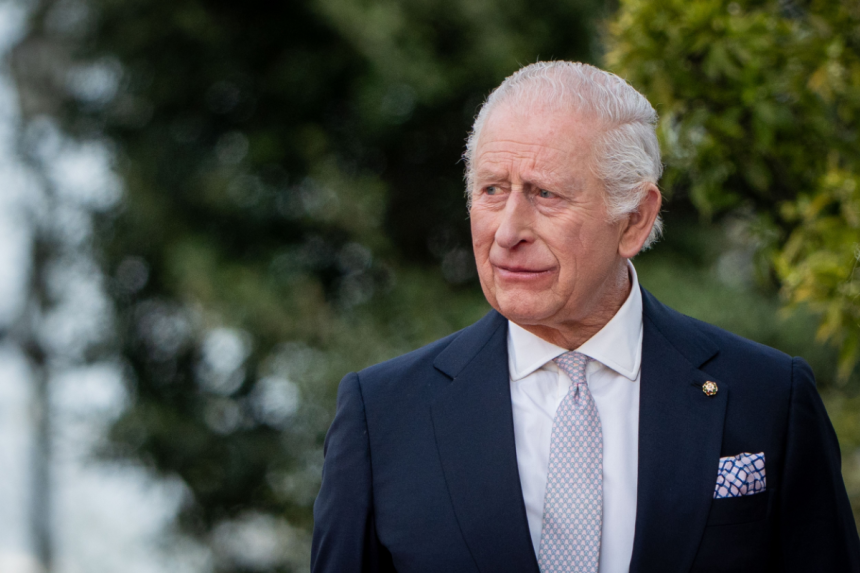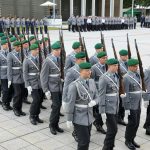King Charles III made history on Thursday by becoming the first British monarch in five centuries to publicly pray alongside a pope. The unprecedented event took place beneath Michelangelo’s vaulted ceiling in the Sistine Chapel, marking a powerful gesture of reconciliation between the Church of England and the Roman Catholic Church.
The ecumenical service, focused on care for creation, was led by Pope Leo XIV and Archbishop of York Stephen Cottrell. A joint choir featuring singers from St. George’s Chapel, the Chapel Royal, and the Sistine Chapel Choir performed sacred works, including Thomas Tallis’ “If Ye Love Me,” symbolizing unity across centuries of religious division.
Tallis’ selection was especially poignant: he lived through the schism initiated by Henry VIII, who broke from Rome in 1534 to form the Church of England. Tallis remained Catholic but composed for both Catholic and Anglican services — a fitting musical bridge for this historic moment.
A New Era of Anglican-Catholic Relations
Earlier in the day, King Charles and Queen Camilla met Pope Leo XIV in a private audience at the Apostolic Palace. The two leaders exchanged symbolic gifts — the King presented a silver photograph and an Icon of St. Edward the Confessor, while the Pope offered a scale mosaic of Christ Pantocrator from Sicily’s Norman Cathedral of Cefalù.
According to the Vatican, the meeting was “cordial” and covered shared priorities including environmental protection, poverty reduction, peace, and global security. The occasion also marked the couple’s participation in celebrations for the Vatican’s Holy Jubilee Year.
Vatican officials described the event as “a significant moment” in healing centuries-old divisions. Rev. Martin Browne of the Vatican’s Department for Promoting Christian Unity said, “A service involving both the Pope and a British sovereign has not occurred since before the Reformation. Its uniqueness lies in both the symbolism and the setting — the Sistine Chapel itself.”
Historic Honors and Spiritual Fellowship
The royal visit also included an ecumenical service at St. Paul’s Outside the Walls, one of Rome’s four papal basilicas and home to the tomb of St. Paul. The Pope appointed King Charles a Royal Confrater of St. Paul’s as a gesture of “hospitality and spiritual fellowship.” A special chair featuring the King’s coat of arms and the Latin phrase “Ut unum sint” (“That they may be one”) will remain in the basilica for use by future monarchs.
Pope Leo also made the King and Queen a Knight and Dame of the Order of Pius IX, one of the Vatican’s highest honors. In return, King Charles named the pontiff a Papal Confrater of St. George’s Chapel, Windsor Castle, and a Knight Grand Cross of the Order of the Bath, traditionally reserved for heads of state.
The visit concluded with a reception at the Pontifical Beda College, where King Charles met seminarians from across the Commonwealth, while Queen Camilla met with Catholic sisters promoting girls’ education and women’s empowerment worldwide.
Historic Reconciliation and Modern Significance
Though the legacy of the Reformation still casts a shadow, relations between the Vatican and the British monarchy have warmed considerably since formal diplomatic ties were restored in 1982. As Prince of Wales, Charles visited the Vatican five times, continuing his mother Queen Elizabeth II’s tradition of maintaining strong interfaith relations.
Church historian Diarmaid MacCulloch of Oxford University noted that while some of the attention surrounding the visit may be overstated, the Papacy’s gesture of goodwill is nonetheless meaningful. “It’s a nice goodwill gesture on the Vatican’s part, and goodwill gestures are always welcome,” he said.
For the first time in centuries, the heirs of Henry VIII and the successors of St. Peter stood side by side in prayer — a symbolic act of unity that may mark the dawn of a renewed relationship between the British Crown and the Holy See.






